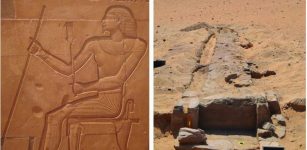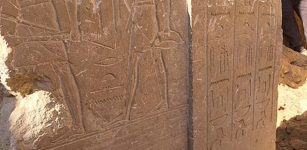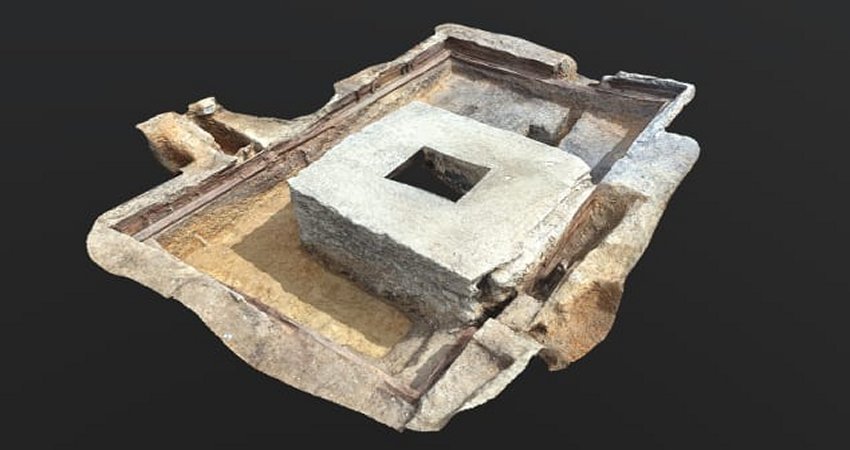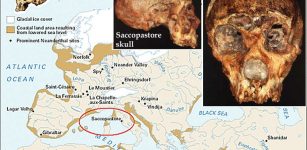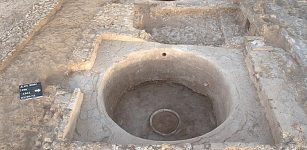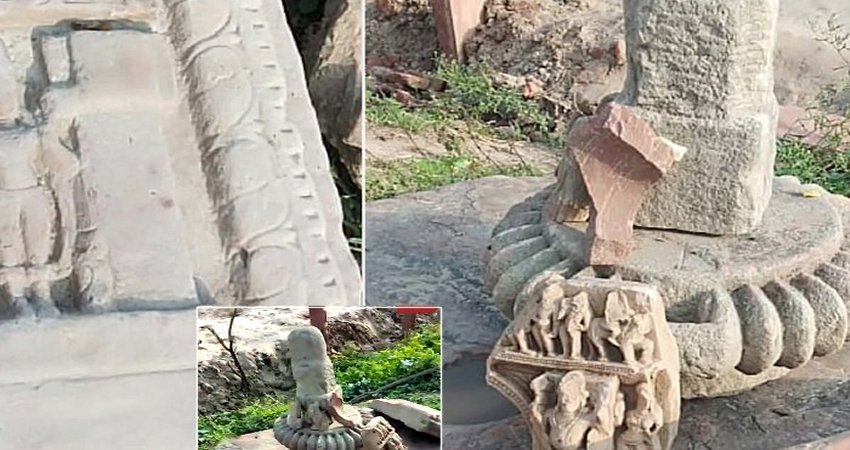16,000-Year-Old Tools Discovered In Texas Can Re-Write History Of North America
MessageToEagle.com – Archaeologists in excavating in Texas have discovered 16,000-year-old tools that can re-write history of North America.
These ancient artifacts offer evidence of the oldest widespread culture on the continent that pre-dates the Clovis culture.
On the site near Austin researchers also uncovered evidence of human occupation dating back as much as 16,700 years, including fragments of human teeth and more than 90 stone tools.
It is assumed that the Clovis culture represented the first inhabitants in North America, but this discovery shows someone else was present on the continent long before the Clovis people.
“The most important takeaway is that people were in the New World much earlier than we used to believe. We were all taught [North America was first populated] 13,500 years ago, and it appears that people arrived 15,000 to 20,000 years ago,” Dr. D. Clark Wernecke, director of the Gault School of Archaeological Research said.
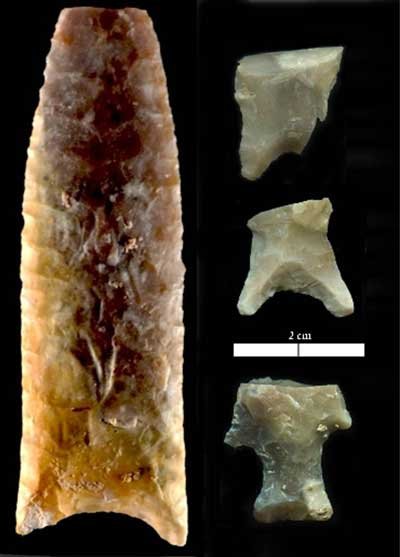
The location in Texas where the new finds were made, known as the Gault site, was first identified in the 1920s, but it wasn’t until the 1990s that archaeologists discovered the first tools, like tapered-oval spear heads, that were clear signs of the ancient Clovis culture.
It was those finds that Wernecke and his colleagues went to investigate further, when they began working at the Gault site in 2002.
“At the time, we were interested in Clovis, and we had no idea of anything earlier there,” he said.
See also:
10 Great Ancient Mysteries Of North America
Buhl Woman Of Idaho: One Of The Oldest Skeletons In North America
After several years of digging test pits and making chance finds, the team ended up focusing on two of the most striking parts of the site.
The first part, known as Area 12, revealed an unusual “pavement” constructed out of cobbles buried deep beneath the surface.
“[It’s] a roughly two-by-three-meter rectangular gravel pad about 10 centimeters thick of rounded river gravels in a narrow range of sizes, with artifacts of at least Clovis age on and around it,” Wernecke said.
“The indications from the surrounding data are that it had a structure on it.”
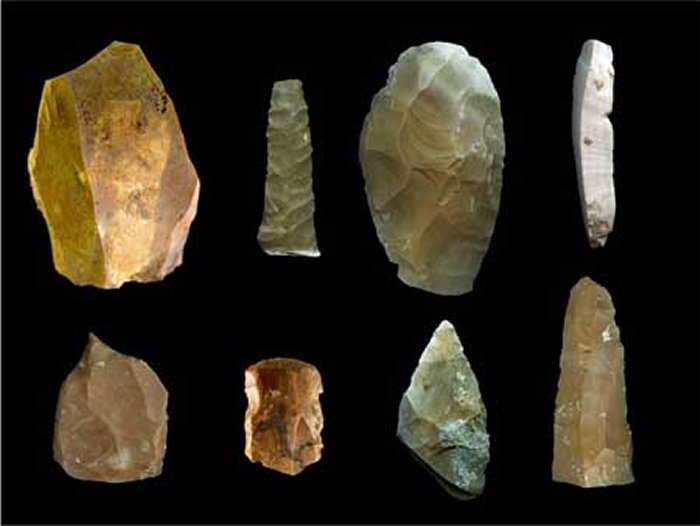
The presence of Clovis-era stone tools suggested that the paved floor dated to about 13,000 years ago. Several of the artifacts were examined and the results showed that they were between 13,200 to 16,700 years old. At their most ancient, that’s some 3,000 years older than the earliest known signs of Clovis culture anywhere in North America.
“We compared these [dates] with relative dating of artifacts and radiocarbon dates wherever possible,” Wernecke added. “All seem to agree well.”
The discovery of all of these older-than-Clovis artifacts raises tantalizing questions about what that earlier culture was like, and how it compared to the Clovis culture.
According to Wernecke, the pre-Clovis tools suggest that their makers were likely direct predecessors of the Clovis.
MessageToEagle.com

